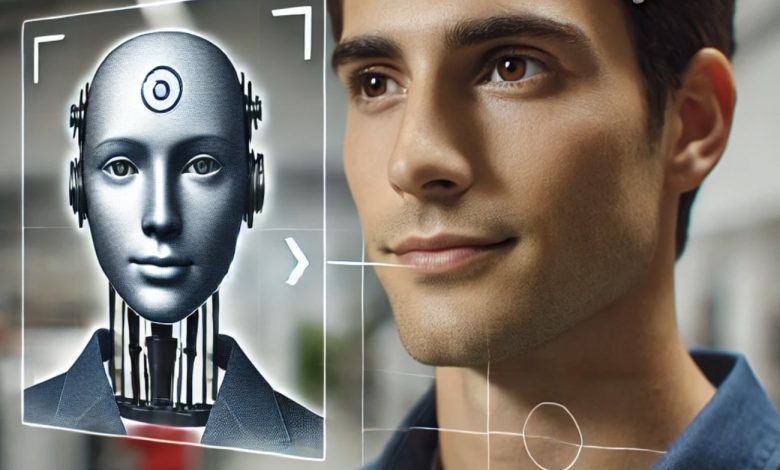
For decades, software has been built with remarkable disregard for the people who use it. Prospective users are first met with sprawling feature charts, confusing tiers, and upgrade prompts that demand study before any real work can begin. Once inside, they encounter cluttered interfaces, endless logins, integrations, paywalls, and interruptions that drain energy and attention. What should have been a tool for liberation has instead become a persistent tax on our time.
This disregard for the human experience imposes a measurable cost that I call Obstacles-to-Value (OTV). While existing frameworks such as “time to value”, “cognitive load”, and “customer effort score” measure isolated aspects of user friction, OTV unifies them into a single concept that treats friction as a cumulative cost to the user. It represents the total effort embedded in a system in terms of interactions, decisions, and interruptions that stand between a user’s intent and the outcome they seek. Over time, these small inefficiencies compound into noticeable friction, which is why so much software feels like work before the real work even begins.
Research confirms this fatigue. Asana’s Anatomy of Work report found that employees switch between applications almost 1,200 times each day, losing nearly four hours a week to context switching. A Salesforce survey revealed that most workers believe their organizations use too many disconnected systems and that this fragmentation directly reduces productivity and morale. These are not minor frustrations; they signal a growing rejection of software that demands more effort than users want to give.
All of this points toward what I call the human first revolution that Artificial intelligence will accelerate by resetting user expectations. In the near future, users will interact with software primarily through artificial assistants that understand intent and complete the work quietly in the background. When they do look inside, they will expect software to be clear and efficient, designed to deliver information simply and without unnecessary effort.
As these assistants mature, they will expose a hard truth for software makers: users do not want to use software any more than they must. They will shift to alternatives that deliver the same value with less friction. This transformation will bring two lasting changes: a human centered shift in design, where software is built for people rather than products; and a human first model of monetization, which frees users from complex pricing and feature charts.
Artificial intelligence will redefine not only how software is built but also how it is sold and what buyers and users expect. Success will depend on creating systems that respect human time, attention, and trust. The human first model of monetization may prove to be one of AI’s most profound cultural contributions, marking a future where software earns its worth by the freedom and efficiency it returns to the people who use it.
The Science of Obstacles to Value
For most of the software era, inefficiencies within digital systems have gone unmeasured and largely ignored. OTVs exist in every product, yet they remain hidden beneath the surface of user experience. A few extra clicks, a confusing menu, a redundant login, a modal that interrupts flow, a complicated onboarding, or a tiered pricing model that demands study: all seem small in isolation but collectively drain enormous amounts of human time and energy.
OTV has never been taken seriously because it has never been visible. Traditional analytics track activity, not effort. They tell us what users did, not how hard it was to do it. That is beginning to change. As artificial intelligence becomes embedded within software, it can identify redundant actions and quantify where friction slows people down.
More importantly, AI is resetting user expectations by showing the world what “easy” looks like. Once users experience an assistant that completes a workflow or retrieves information instantly, they begin to question why other tools demand so much effort. Ten extra clicks to satisfy a paywall or upgrade no longer feel acceptable. With AI, every product will be subject to the OTV lens.
Businesses will notice this shift as well as market share flows toward lean products that prioritize human effort above all else. Large software companies with complex portfolios will find themselves challenged by smaller, more deliberate platforms that treat OTV reduction as a core design principle.
This is the beginning of a measurable science of effort. Every redundant decision, interface pause, or unnecessary confirmation can now be captured, analyzed, and reduced. Over time, we will know precisely which parts of software waste human attention and which create genuine value. AI will expose the hidden cost of friction that designers, developers, and executives have long accepted as normal.
And this shift will redefine software performance. Just as latency once defined the performance of a network, OTV will come to define the performance of a digital product. Applications that minimize OTV will feel natural, intuitive, and human, those that do not will feel slow, confusing, and outdated. AI will not just automate work, but also teach us what good software actually feels like. The more it simplifies interaction, the less tolerance users will have for wasted effort. The winners of the next era will be the systems that remove friction before the user even notices it.
The Coming Standard of Effortlessness
The age of artificial intelligence is ushering in a new competitive standard for software, measured not only by what it can do but also by the burden it places on the human using it. For the first time, ease itself is becoming a measure of innovation. The systems that thrive will not be those packed with the most features, but those that quietly remove the most friction.
AI is exposing a truth long hidden beneath decades of digital progress: technology’s highest purpose is not to demand more from people, but to return more to them. Every redundant step eliminated, every task completed automatically, and every process simplified restores time, focus, and creativity to the human. As AI takes on the mechanical labor of navigation and coordination, users are rediscovering what it means to think clearly again.
This shift will trigger a reckoning across the software industry. For years, growth has meant more modules, more plans, and more clicks, with little regard for the human mind and body behind those interactions. The next decade will reward less. Simplicity, clarity, and intuitive flow will define real value. Software that feels invisible will become the benchmark, while products that demand effort will feel outdated, no matter how powerful they are.
The true winners will be those who see ease-of-use not as a feature but as a philosophy. They will treat every interaction as an opportunity to give users back a fraction of their day. They will understand that attention, not data, is the world’s most precious resource, and that earning it requires respect, not demand.
Over time, Obstacles to Value will become as central to software design as uptime or scalability. Reducing them will not only make systems faster, it will make them more human. And that, ultimately, is the quiet, human-first revolution AI has begun: transforming technology from something we serve into something that serves us.





